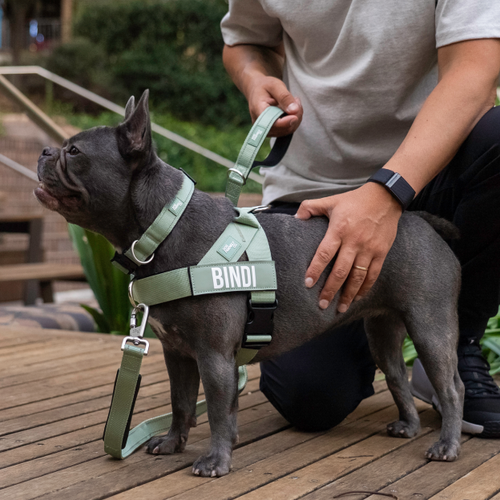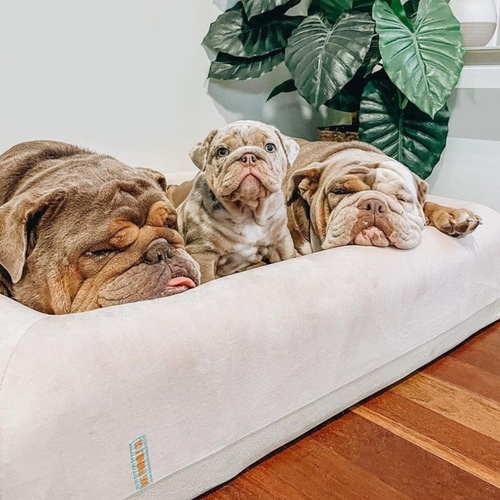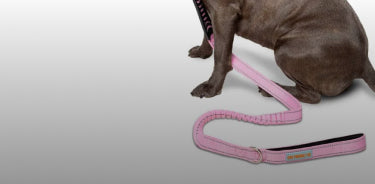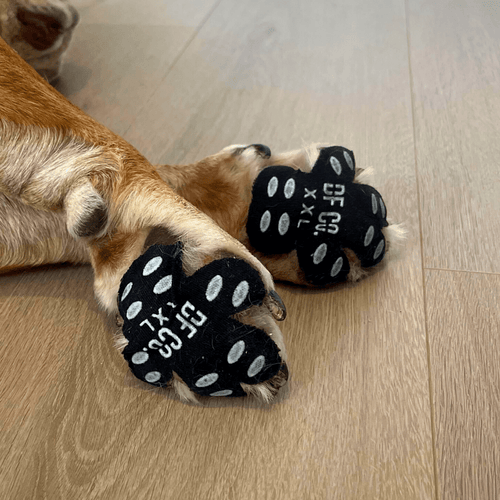
Man’s best friend has been a key part of human civilisation for centuries. Having walked side by side for thousands of years, dogs and humans have long been connected, and the dog collar has been an essential part of this bond. In Australia, the evolution of dog collars has mirrored global trends while also adapting to local needs.
From the traditional dog and master relationship in the working days of the past, to the more blurred lines we have today with our dogs as domestic pets – the dog collar has had many different purposes over the years.
Learn more about dog collar history and how collars have transformed from a sign of ownership to a walking accessory today in this article.
Ancient Greece
Famed for their love of cats, the ancient Egyptian people also idolised their dogs too. It is widely thought that the dog collar we know today originated in ancient Greece. Remains have been found from dogs of this period wearing metal collars and many images of the time depict dogs wearing these large metal collars too in the cities.
Farmers of this time also created collars for their dogs emblazon with spikes to protect their necks from vicious wolves. This started the trend of wearing a collar that we have today. As wolves used to attack farms for sheep, cattle and livestock, the collars became essential for the dogs own protection. For families who were richer, the dog collars were more elaborate and made from luxe metals. Sometimes these were engraved with their pet’s name – a nod to the type of collars our dogs wear today.
The Middle Ages
In the middle ages, the dog collar started to take on its purpose as an identification tool – especially for working dogs. Each dog was given a different collar to show their job role and position. It also allowed owners to demonstrate their social status. For example, dogs which belonged to rich women wore collars decorated with jewels to signify this. It would be common to see upper class women with dogs wearing collars jewelled with expensive rubies and pearls.
Whereas dogs that worked in the fields hunting wore thin straps of leather. The collars with spikes from the ancient Greek days still remained but these were worn by dogs who were used as bait by masters who went wolf hunting.
The Renaissance
During the Renaissance period was when keeping dogs as pets started to happen officially. It was mainly middle class people who could afford to keep a dog. Originally, dogs wore thin leather collars but as they became more popular as pets the trend for having a padlock on their collar became more common. It’s thought this was a sign of ownership as the master would keep hold of the key – signifying they owned a dog.
It was in this period that dog breeding became more common – in the way we know it today – and having a dog as a pet became something of the norm.
Modern day
Today most dogs wear a collar with their owner’s contact information displayed on the tag for identification purposes mainly. But, dog collars can also be extremely useful for training dogs and for helping dogs to walk better on the dog leash.
Dogs also sometimes need to wear the cone shaped collars. This is often after a trip to the vets to prevent them from licking or opening any wounds or sores. These kind of dog collars serve to protect the dog, rather than have a purpose for the owner. The dog collars we know today are designed to be chafe free and made from much more lightweight fabrics than the collars of the past. Looking back, some of the very first dog collars could have been very uncomfortable for the dogs to wear daily – especially the working dogs.
Overtime dog collars have developed to be a tool that helps dogs and humans work in harmony together. To find the perfect dog collar for you pooch browse our selection today.

































































